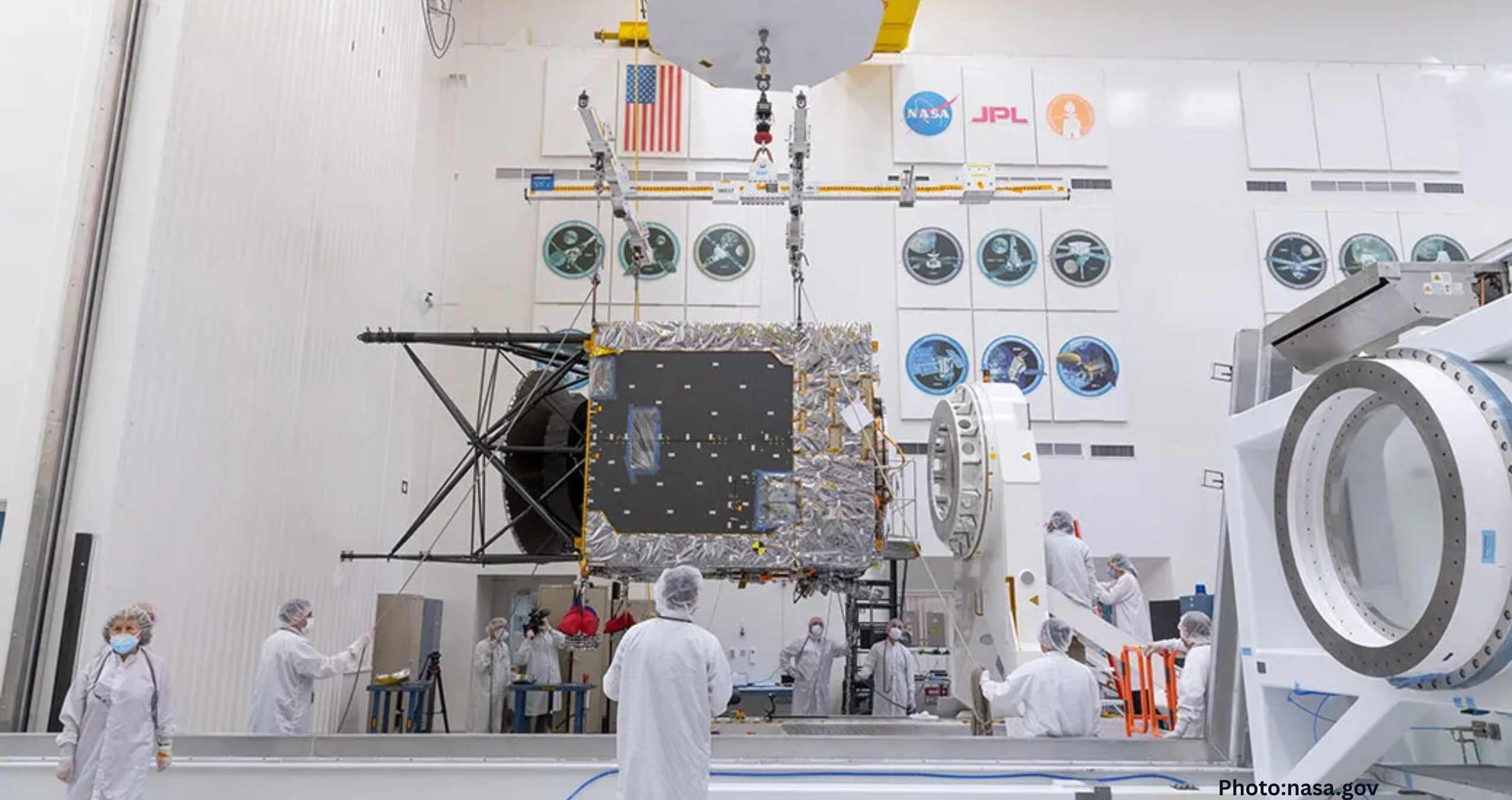NASA’s groundbreaking mission to study the metal-rich asteroid 16 Psyche could forever alter our understanding of resource economics and extraterrestrial geology.
For centuries, astronomers have marveled at the cosmos, dreaming of its untapped treasures. With advancements in spaceflight and robotics, this dream is inching toward reality as private companies and national agencies look to asteroids not just for scientific inquiry, but also for their raw materials. Leading this new age of space prospecting is the massive metal-rich asteroid 16 Psyche, located in the asteroid belt, and a prime candidate for exploration.
In 2019, astronomers caused a stir with rough estimates suggesting that Psyche’s metal reserves—comprising iron, nickel, and gold—could be worth as much as $700 quintillion. This staggering figure led to sensational headlines proposing that “everyone on Earth could become billionaires.” Beyond the excitement, this valuation sparked serious discussions about the future of resource mining and its economic impact, raising concerns about possible market disruptions, inflation, and geopolitical conflicts.
However, the prospect of extracting valuable metals from an asteroid involves more than just having the right equipment. It requires addressing significant logistical, economic, and timing challenges. Even if Psyche holds metals valued in the trillions, introducing such quantities to Earth’s markets could decimate asset values and cause widespread financial repercussions. Furthermore, the technical and legal challenges—such as ownership rights in space, transportation costs, and in-orbit refining—remain largely unresolved.
NASA is moving from speculation to action with its Psyche spacecraft, launched in October 2023. Although the mission is not intended for mining, it aims to map and analyze the asteroid’s structure and composition, providing essential data for potential future extractions. Set to reach Psyche in 2029, the mission could redefine understanding of planetary cores and determine whether the idea of cosmic gold is a mere legend or a viable ledger.
NASA has identified over 1.3 million asteroids within our solar system, many of which are rich in metals like platinum, cobalt, and gold. Asteroids such as 16 Psyche and 241 Germania are believed to be remnants of failed planets, serving as exposed planetary cores adrift in the void. Others, like Bennu and Ryugu, are carbon-rich and potentially hold insights into the origins of water and life on Earth.
One small near-Earth asteroid, designated 2011 UW158, is estimated to contain around $5.4 trillion worth of platinum. Models indicate that a single successful mining expedition could surpass Earth’s total annual metal production, a development that could upend global markets in a moment.
Asteroids have played pivotal roles in Earth’s history, not just as existential threats but possibly as sources of life’s building blocks. Some scientists believe asteroid impacts delivered critical ingredients for life on Earth, including water, carbon, and amino acids. While the potential for future impacts is a legitimate concern, NASA’s DART mission, which successfully altered a small asteroid’s course in 2022, represents a significant stride in planetary defense initiatives.
As researchers prepare to delve deeper into Psyche, the mission’s findings hold the promise of advancing more than just future mining techniques. They could illuminate our understanding of planet formation, the distribution of wealth across the solar system, and the precariousness—or fortune—of life on Earth.
These asteroids represent more than mere reserves of metal; they embody history, risk, and promise. Earth’s past has been reshaped by asteroids, and they retain the potential to do so again. NASA’s current efforts aim to explore these possibilities and prevent adverse scenarios, echoing the storyline of the film “Armageddon,” where a team of miners is dispatched to stop an asteroid from striking Earth.
According to EcoPortal, NASA’s venture into Psyche is a testament to humanity’s quest to unlock the universe’s mysteries, with implications that extend far beyond monetary gain.

